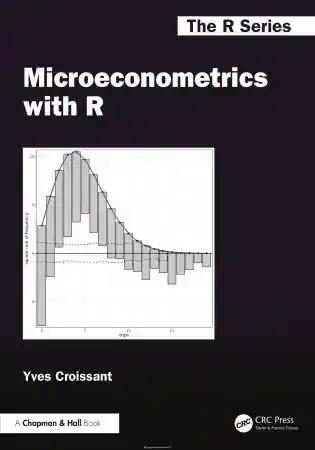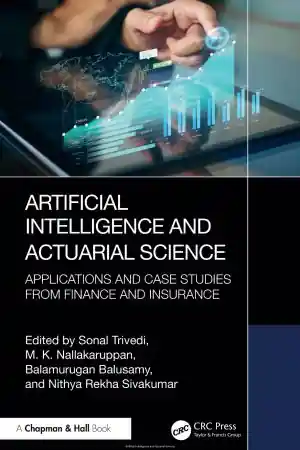
Migrating into Financial Markets: How Remittances Became a Development Tool
- Length: 296 pages
- Edition: 1
- Language: English
- Publisher: University of California Press
- Publication Date: 2015-09-29
- ISBN-10: 0520285468
- ISBN-13: 9780520285460
- Sales Rank: #3628024 (See Top 100 Books)
A free ebook version of this title is available through Luminos, University of California Press’s new open access publishing program for monographs. Visit www.luminosoa.org to learn more.
We understand very little about the billions of dollars that flow throughout the world from migrants back to their home countries. In this rigorous and illuminating work, Matt Bakker, an economic sociologist, examines how these migrant remittances—the resources of some of the world’s least affluent people—have come to be seen in recent years as a fundamental contributor to development in the migrant-sending states of the Global South. This book analyzes how the connection between remittances and development was forged through the concrete political and intellectual practices of policy entrepreneurs within a variety of institutional settings, from national government agencies and international development organizations to nongovernmental policy foundations and think tanks.
Table of Contents
Part 1. The Remittances-To-Development Agenda At The Global Scale
Chapter 1. Introducing The Remittances-To-Development Agenda: Migration, Remittances, And Development — Three Vignettes
Chapter 2. Facts, Figures, And The Politics Of Measurement: The Construction And Diffusion Of Remittances As A Financial Flow
Chapter 3. Forging The Remittances-To-Development Nexus: Conceptual Linkages And Political Practices
Part 2. The Long Road To Financial Democracy In North America: From State-Led Transnationalism To Intergovernmental Collaboration
Chapter 4. Bringing Remittances Into The North American Economic-Integration Project: A Genealogy Of Mexican State-Led Transnationalism
Chapter 5. From Promise To Practice: Toward Financial Democracy In North America
Chapter 6. Conclusions







